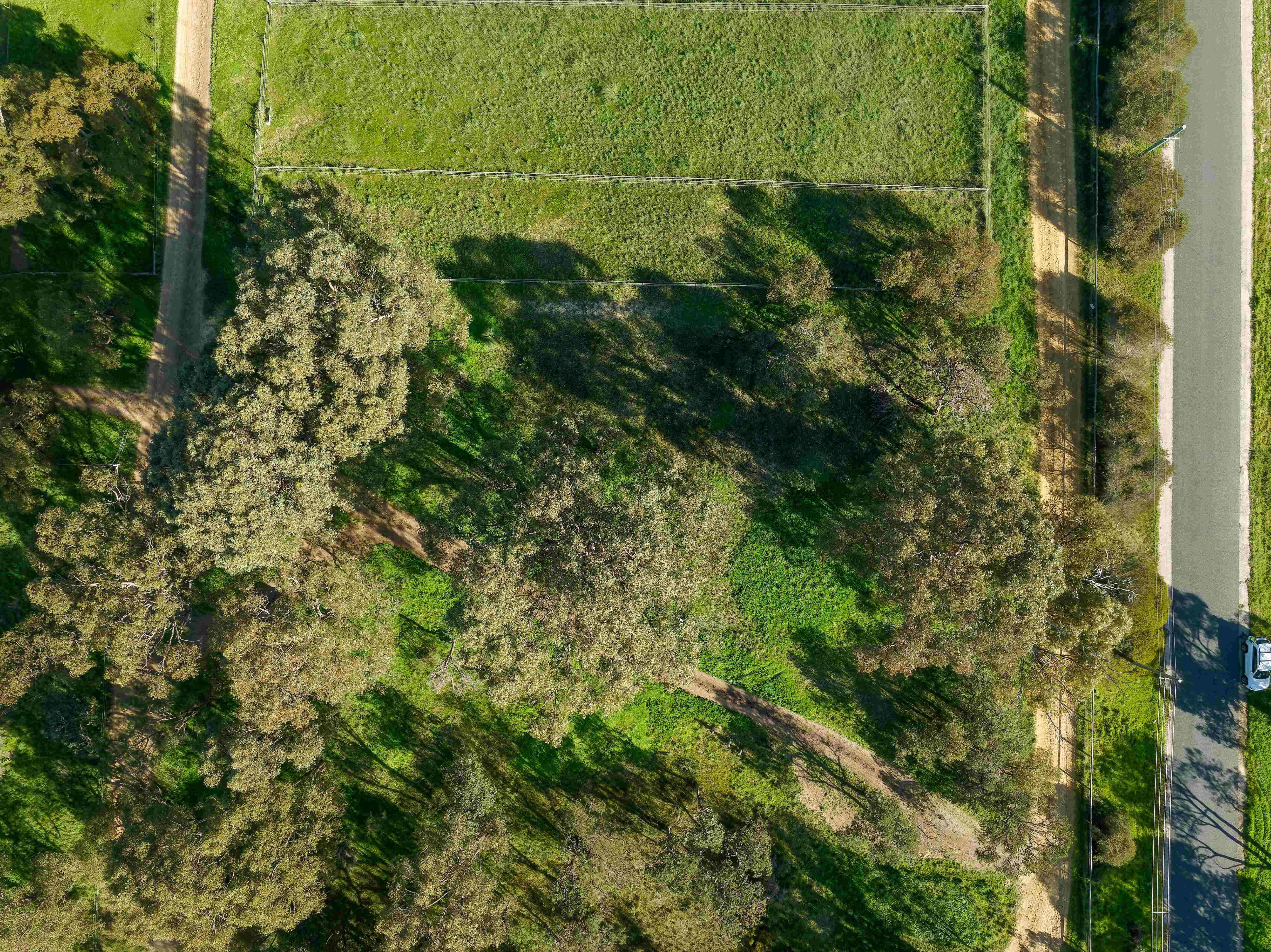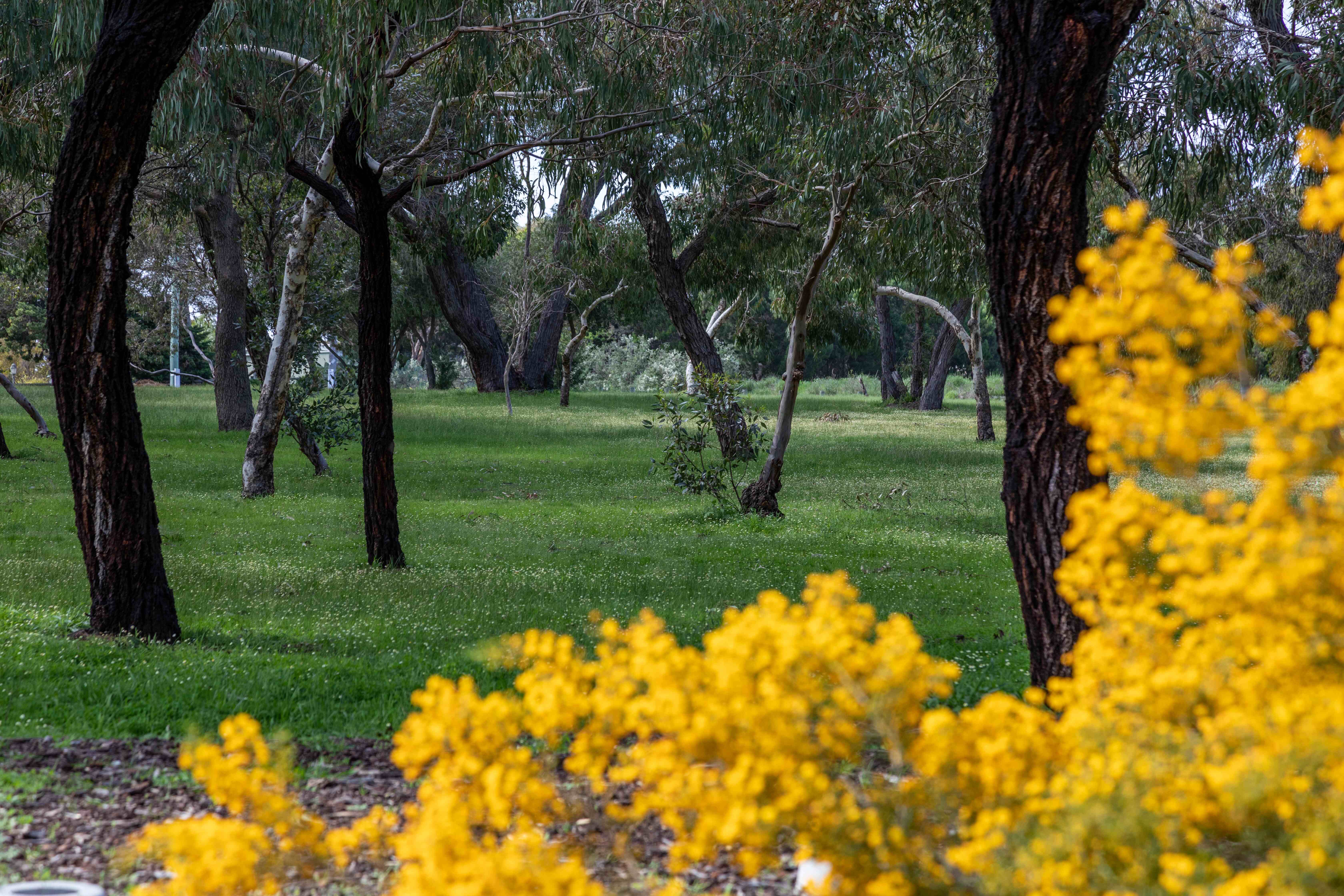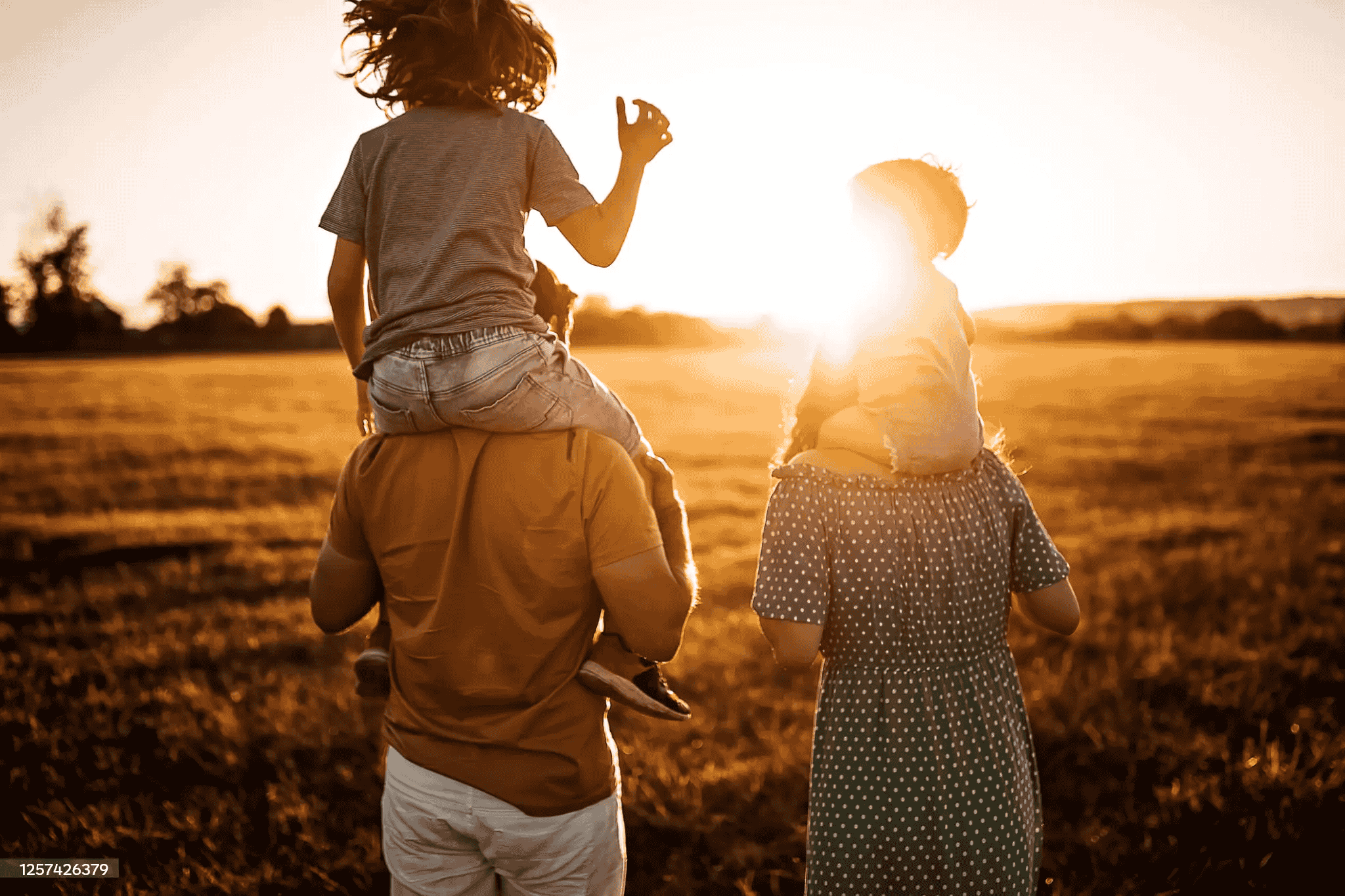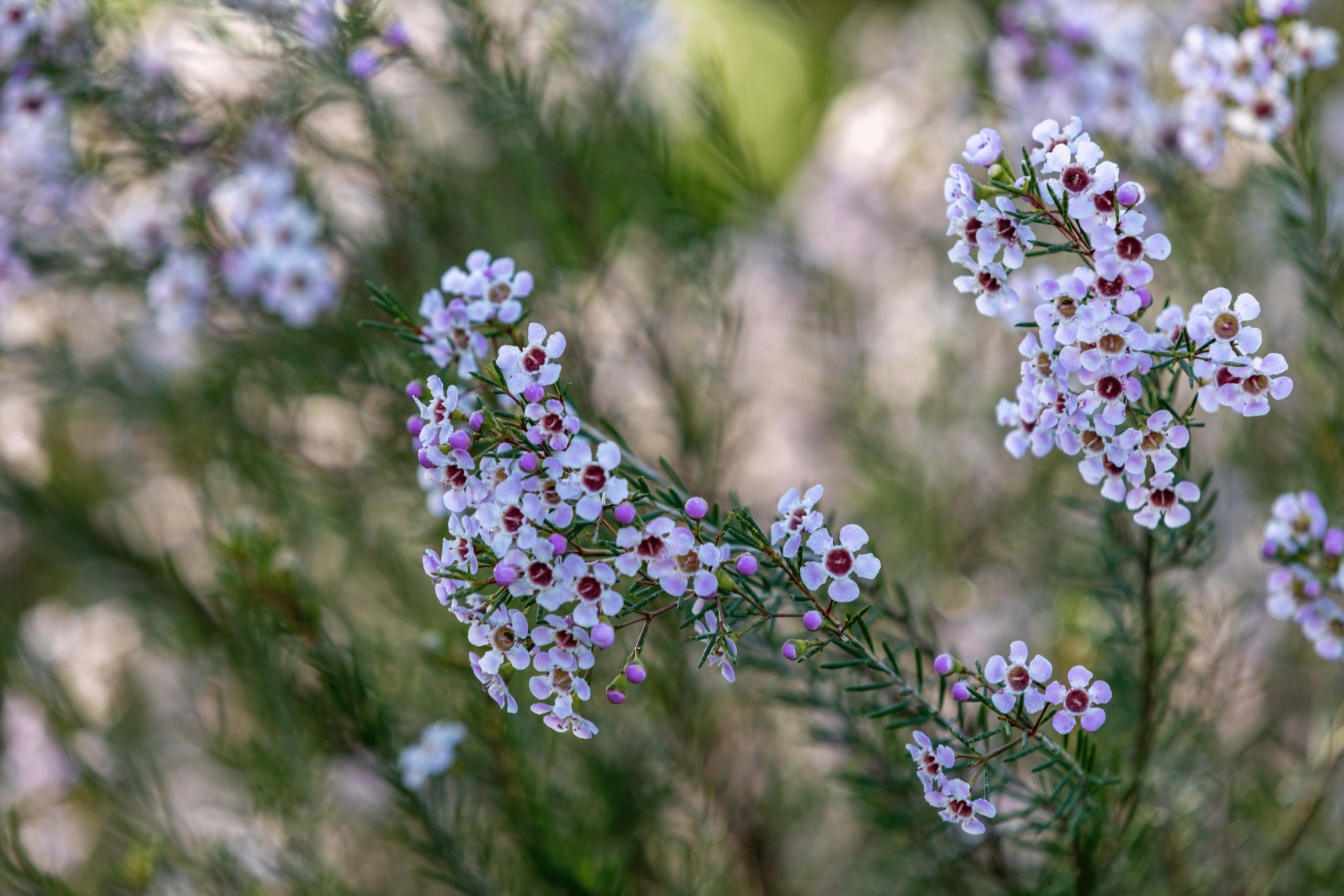Sustainability
Achieving a Greener Future at Botania Park.
Look To The Future.
Sustainability is at the heart of Botania Park. From conserving natural landscapes to building with innovative, low-impact materials, every detail has been designed to reduce our footprint and create a resilient, thriving community. Recently achieving 6-Leaf EnviroDevelopment certification, residents can trust that Botania Park is built for a healthier, more sustainable future.
Greening the Community
Botania Park’s Greening Strategy is setting a new benchmark for urban living in WA. Developed in collaboration with the City of Wanneroo, it focuses on:
More shade, less heat: increasing canopy cover to reduce the urban heat island effect.
Smarter streets: meandering roads, narrower paths, and pocket parks that make space for trees and gardens.
Faster growth: innovative maintenance arrangements to establish landscaping earlier and ensure thriving greenery.
These initiatives create cooler, more inviting streetscapes, enhance biodiversity, and give residents beautiful, walkable spaces to enjoy.
Sustainability in Action
Botania Park has acheived a 6-Leaf EnviroDevelopment certification. This includes achieving excellence across all 6 categories:
Energy: all-electric, solar-powered homes with superior efficiency.
Water: waterwise landscapes, rainwater readiness, and efficient fixtures.
Materials: low-impact, recycled, and durable building choices.
Waste: smarter construction and community recycling initiatives.
Community: connected public spaces designed for wellbeing.
Ecosystems: conservation of significant vegetation and habitat regeneration.
Waterwise Gold Development
Botania Park is implementing a range of water-saving initiatives to seek Waterwise Gold endorsement from the Water Corporation. Our goal is to ensure smarter water use across the estate through:
- Native waterwise street plantings.
- Nature-based drainage and efficient irrigation.
- Waterwise landscaping packages for residents.
- Homes designed for rainwater tanks and high-efficiency fixtures.
By embedding these measures from the start, Botania Park aims to save water, reduce costs, and help future-proof the community in Perth’s dry climate.
Sustainable Transport Choices
Botania Park makes low-impact travel simple and accessible through a thoughtfully planned network of cycle paths and walkable streets, complemented by seamless bus connections along the future transit corridor.
Active transport options such as cycling and scootering are built into the estate’s design, encouraging residents to choose sustainable ways of getting around. This integrated approach supports lower emissions, healthier lifestyles, and stronger community connections.






